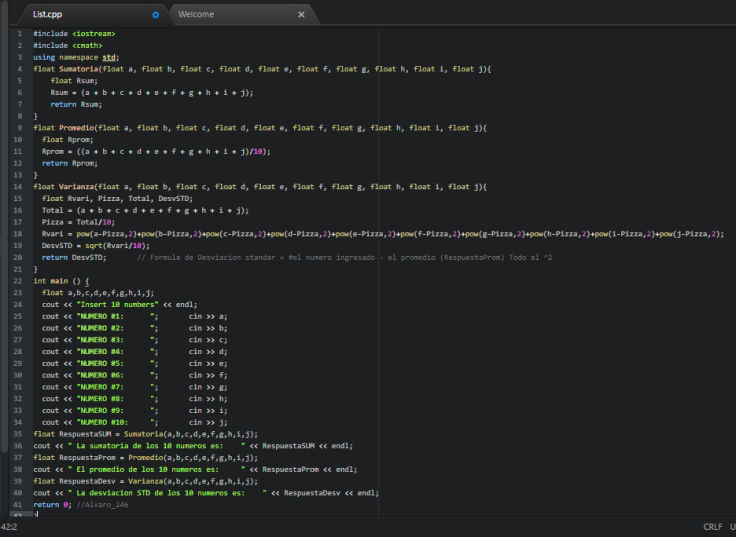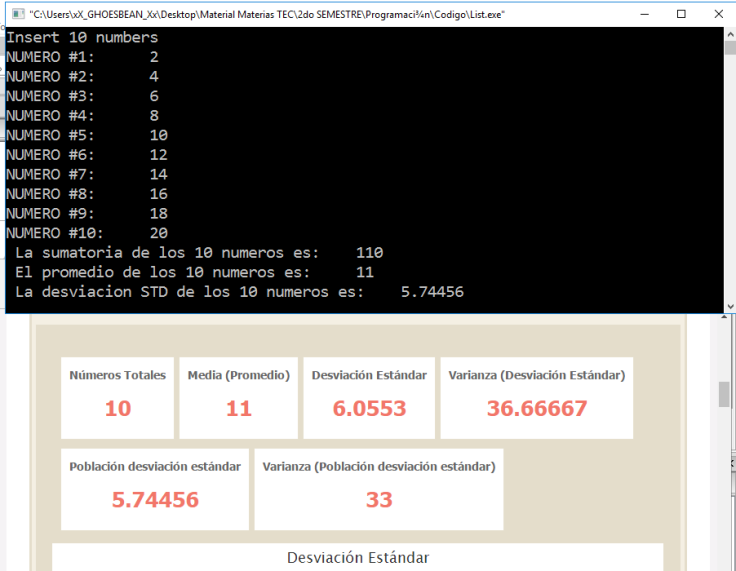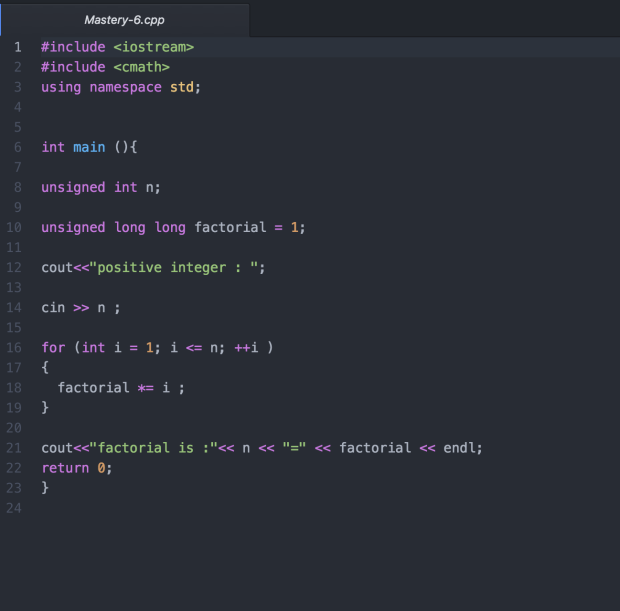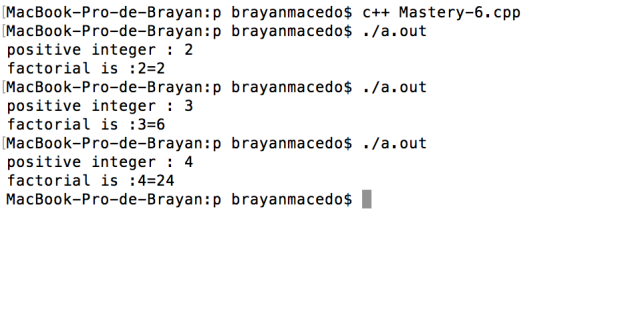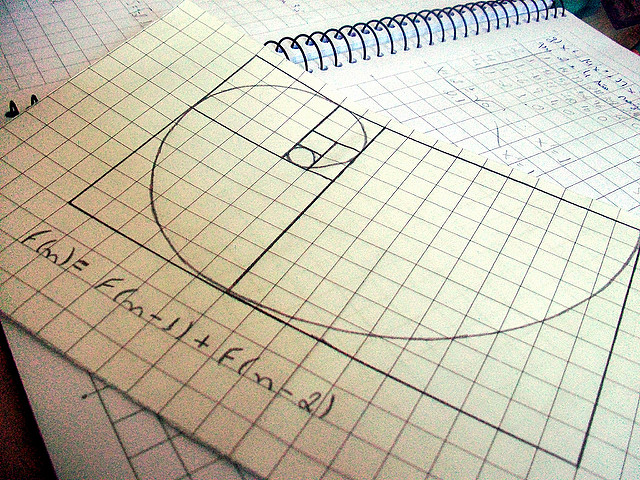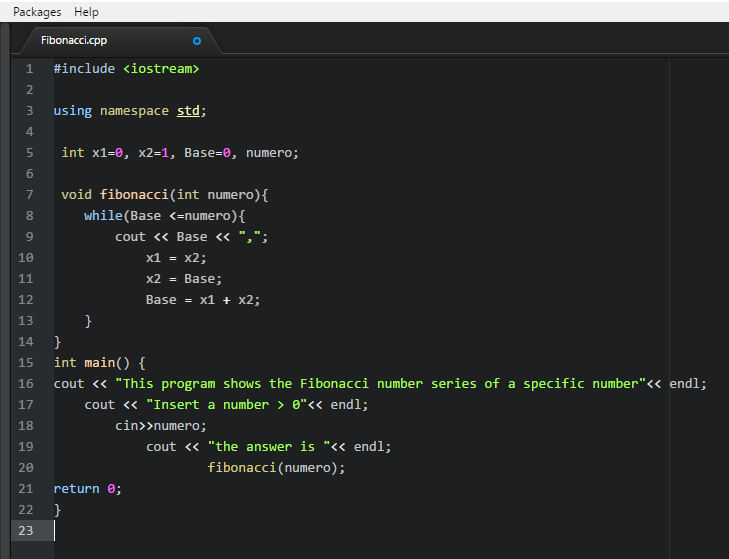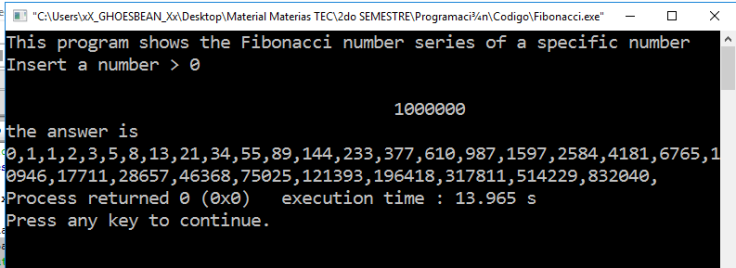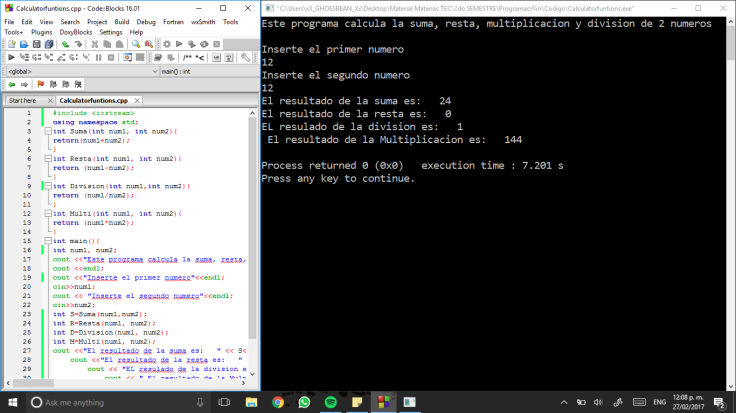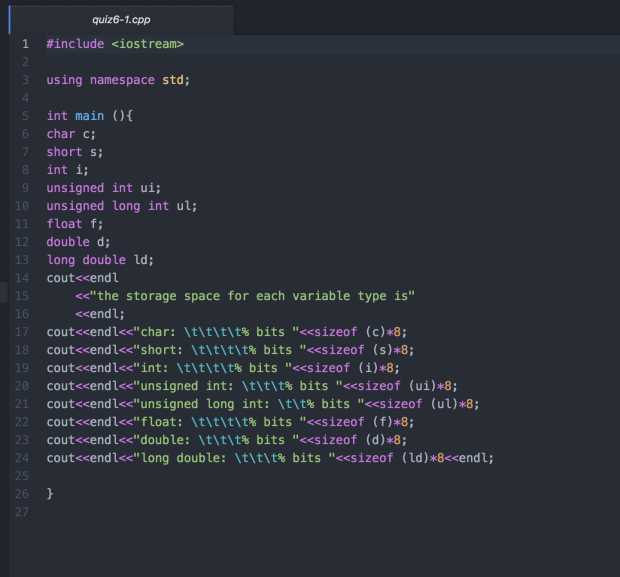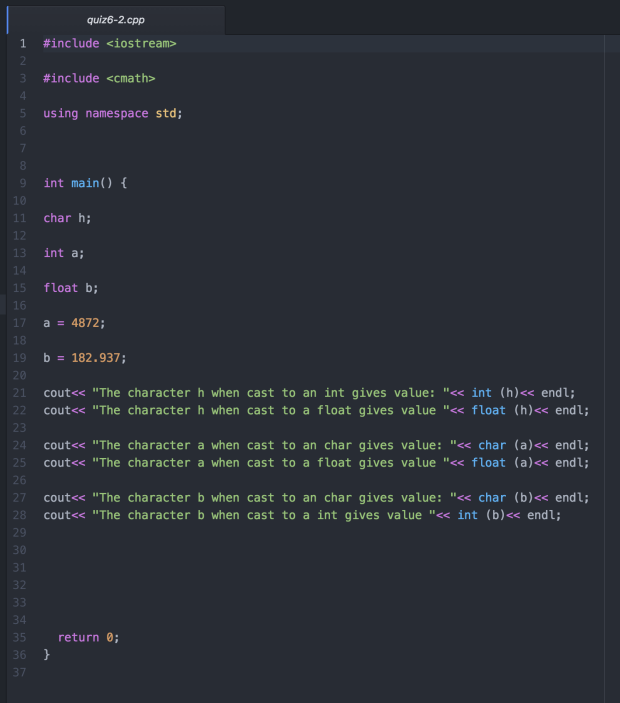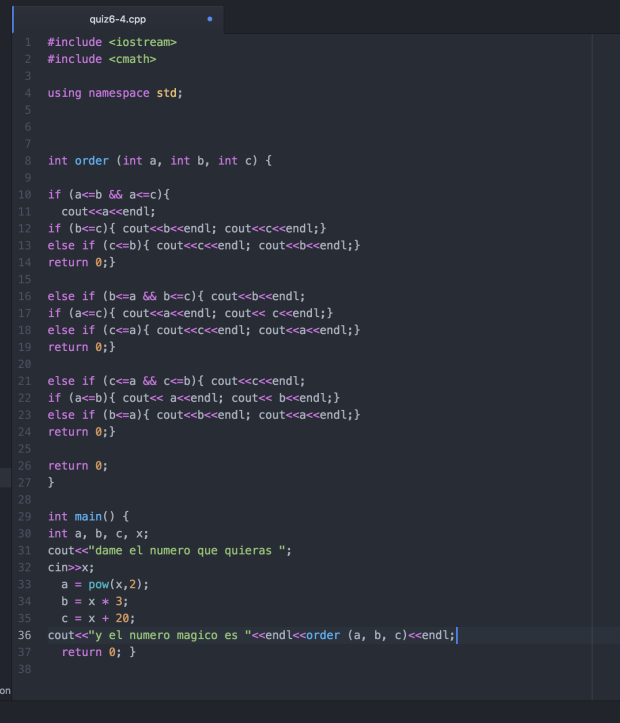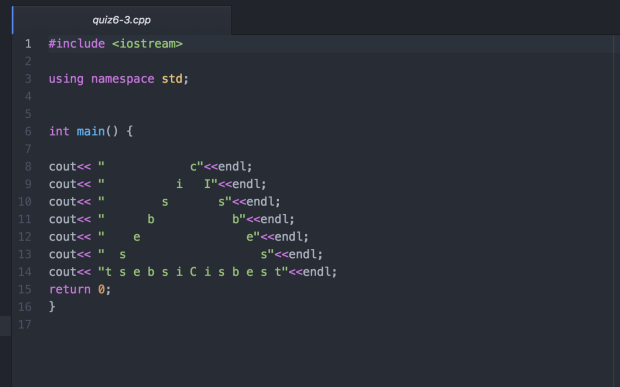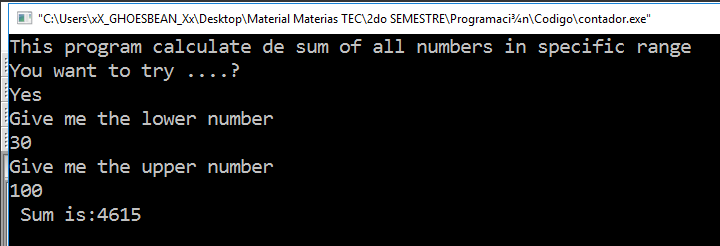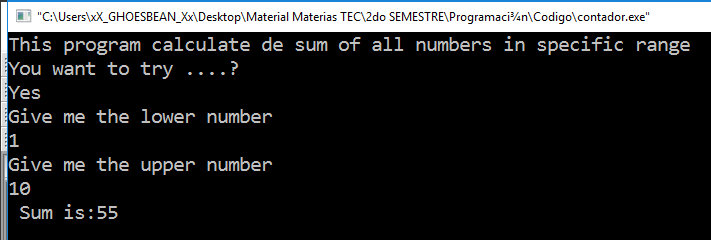--Originally published at Alvaro_246
“List”
En esta tarea hice un programa que le pidiera al usuario 10 números y realizara las siguientes funciones

Este programa tiene 3 funciones:
1- La “sumatoria”de los números:
float Sumatoria(float a, float b, float c, float d, float e, float f, float g, float h, float i, float j){
float Rsum;
Rsum = (a + b + c + d + e + f + g + h + i + j);
return Rsum;
2- El “promedio “de los 10 números:
float Promedio(float a, float b, float c, float d, float e, float f, float g, float h, float i, float j){
float Rprom;
Rprom = ((a + b + c + d + e + f + g + h + i + j)/10);
return Rprom;
3- Por ultimo y más complicado la “Desviación estándar” entre los 10 números:
float Varianza(float a, float b, float c, float d, float e, float f, float g, float h, float i, float j){
float Rvari, Pizza, Total, DesvSTD;
Total = (a + b + c + d + e + f + g + h + i + j);
Pizza = Total/10;
Rvari = pow(a-Pizza,2)+pow(b-Pizza,2)+pow(c-Pizza,2)+pow(d-Pizza,2)+pow(e-Pizza,2)+pow(f-Pizza,2)+pow(g-Pizza,2)+pow(h-Pizza,2)+pow(i-Pizza,2)+pow(j-Pizza,2);
DesvSTD = sqrt(Rvari/10);
return DesvSTD;
Código y Resultados:
